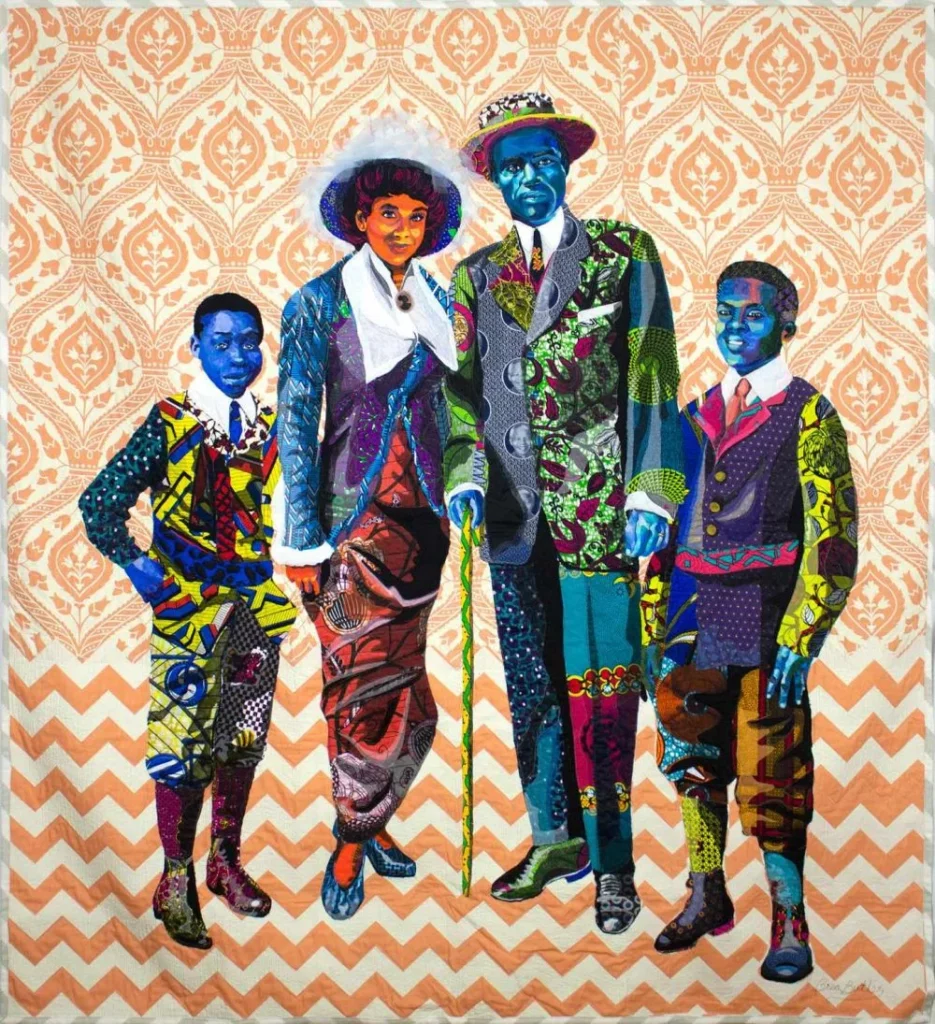Bicultural poetry, as a form of artistic expression, holds a unique power to heal generational trauma by bridging cultural divides and embracing the complexity of dual identities. It speaks directly to the lived experiences of people of color who navigate two or more cultural worlds, allowing them to confront and process deep-rooted traumas that may have been passed down through generations. Through language, imagery, and rhythm that reflect their heritage, bicultural poets create spaces for acknowledging pain, embracing resilience, and cultivating a sense of unity within themselves and across communities. By expressing these layered experiences, bicultural poetry becomes a way to honor the past while actively participating in personal and collective healing.
For people of color in bicultural communities, bicultural poetry is a source of empowerment. It provides a voice to navigate the nuances of identity, community, and the emotional landscapes that come with straddling multiple cultures. Through this medium, individuals reclaim parts of themselves that may have been marginalized or disregarded, making it a powerful tool for self-expression and affirmation. Poems exploring cultural duality allow POC to celebrate their heritage, confront stereotypes, and challenge societal expectations. As these voices gain visibility, they contribute to a broader narrative of cultural pride and resilience, inspiring others within these communities to find strength in their own stories.
Bicultural poetry not only heals and empowers but also forges new paths for marginalized voices to be seen and heard. This form of poetry creates visibility for experiences often ignored by mainstream narratives, offering a stage for voices that might otherwise remain unheard. By addressing issues such as racism, assimilation, and cultural erasure, bicultural poetry sheds light on societal inequities and fosters understanding across cultural lines. The resulting visibility does more than raise awareness; it invites solidarity and empathy, inspiring audiences from all backgrounds to value and support the richness of diverse perspectives.
Jarrelle (杰遨)


